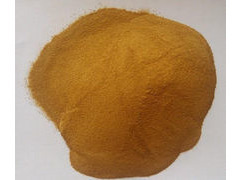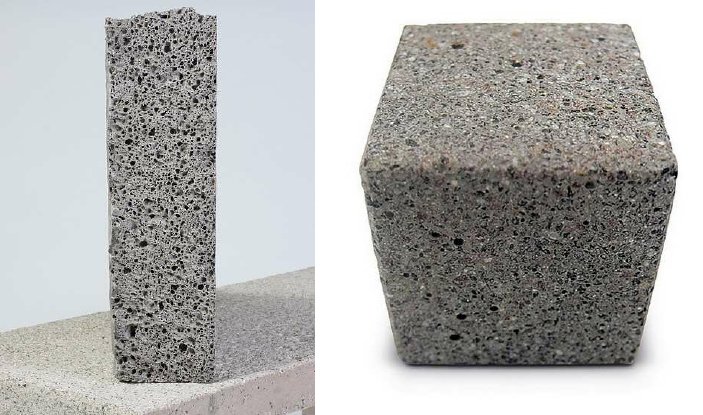Professional solutions on concrete addtives, Concrete Foaming Agent, Superplasticizer, CLC Blocks Additives, and foaming machine
(What are CLC Blocks?)
CLC blocks are manufactured by a process that is similar to the manufacturing process of regular concrete blocks. While the process varies from place to place, the basic steps are the same. To produce CLC blocks, water is added to a foaming agent in a foam generator. The foam is then mixed with the concrete slurry.
What are CLC blocks?
CLC blocks are made from a mixture of cement and fly ash. These components are then mixed in a concrete mixer. A foam generator is used to add water and foaming agent to the mixture, forming a stable foam that will be mixed into the concrete. This process produces blocks that have the strength of up to 5.5 N/m2.
CLC blocks are also good insulators, meaning your home will be cooler in the summer and warmer in the winter. Their higher thermal insulation value means that you won't have to spend as much on heating and cooling. In addition, CLC blocks are environmentally friendly. Because they are made from industrial waste materials, they are made with little to no pollution or harmful effluents. The blocks also minimize deforestation.
CLC blocks are made by mixing cement, fly ash, sand, and water, along with a foaming agent, either synthetic or protein-based. The proportion of each of these materials determines the overall strength and durability of the blocks. Depending on the raw material percentage, these blocks may vary in their density, durability, and thermal conductivity.
CLC manufacturers quote market rates in cubic meters. The number of blocks in a cubic meter will affect the price per block. CLC brick manufacturing plants are modular and can be placed in a rural or urban setting. They are suitable for construction companies that serve a limited area, as well as small manufacturers. They are very easy to assemble and have high mobility.
CLC blocks disadvantages
CLC blocks are a type of lightweight concrete block. They can be used in building structures because they are lighter than RCC blocks. This means that they use less cement and rebar and can be built faster. They also have a porous surface, which makes them easier to plaster. CLC blocks are not as strong as regular concrete blocks.
Another disadvantage of CLC blocks is that they are difficult to produce in the same setting. They require significant space, and a large amount of manpower. This means that a small CLC block factory may not be able to produce enough blocks for a large project. However, an AAC block factory can increase production capacity by installing more autoclaves and molds.
AAC blocks are also cheaper than CLC blocks. They are used in high-rise, RCC-framed buildings. However, they are not ideal for small buildings because they are too expensive. Moreover, they contribute less dead weight and reduce the need for structural steel. As a result, they help save on construction costs for large buildings.
AAC blocks are easier to use. They don't require plastering and jointing. They are stronger than traditional bricks. They reduce energy costs by 30%. They are lightweight, too, which helps reduce the amount of labor required. In addition, they can be easily cut to shape. And they are more fire-resistant than bricks.
CLC blocks manufacturing process
CLC blocks, also known as foam concrete, are light and strong construction materials. They are typically used as outdoor walls and partition walls in buildings and other structures. CLC blocks have a minimum density of 800 to 1000 Kg/m3 and can be made into smooth blocks or reinforced with steel bars. These lightweight blocks are often used for perimeter walls in buildings and are a popular choice for new construction projects.
A common method of manufacturing CLC blocks involves mixing concrete slurry, sand fly ash, and auxiliary additives into a mixture. This mixture is then placed in a concrete mixer. This concrete is then mixed with a foaming agent. This creates an aqueous foam, which is then mixed with the concrete slurry.
CLC blocks are considered an environmentally friendly alternative to clay bricks. They contain 30% to 35% air, which means they are more insulating than traditional bricks. This will help lower your heating and electricity bills. CLC blocks also have a lower weight, making them a great option for partitions. This reduces the need for plywood partitions, which reduces deforestation.
CLC blocks are an excellent choice for insulation and waterproofing in buildings and are an excellent choice for low-cost housing and air-conditioned buildings. Their lightweight qualities will also contribute to reducing the dead load of a building, which is a major benefit for the environment.
Concrete additives Supplier
Cabr is a reliable concrete additives supplier with over 12-year experience in nano-building energy conservation and nanotechnology development.
If you are looking for high-quality concrete additives, please feel free to contact us and send an inquiry. (sales@cabr-concrete.com)
We accept payment via Credit Card, T/T, West Union, and Paypal. TRUNNANO will ship the goods to customers overseas through FedEx, DHL, by air, or by sea.
(What are CLC Blocks?)







